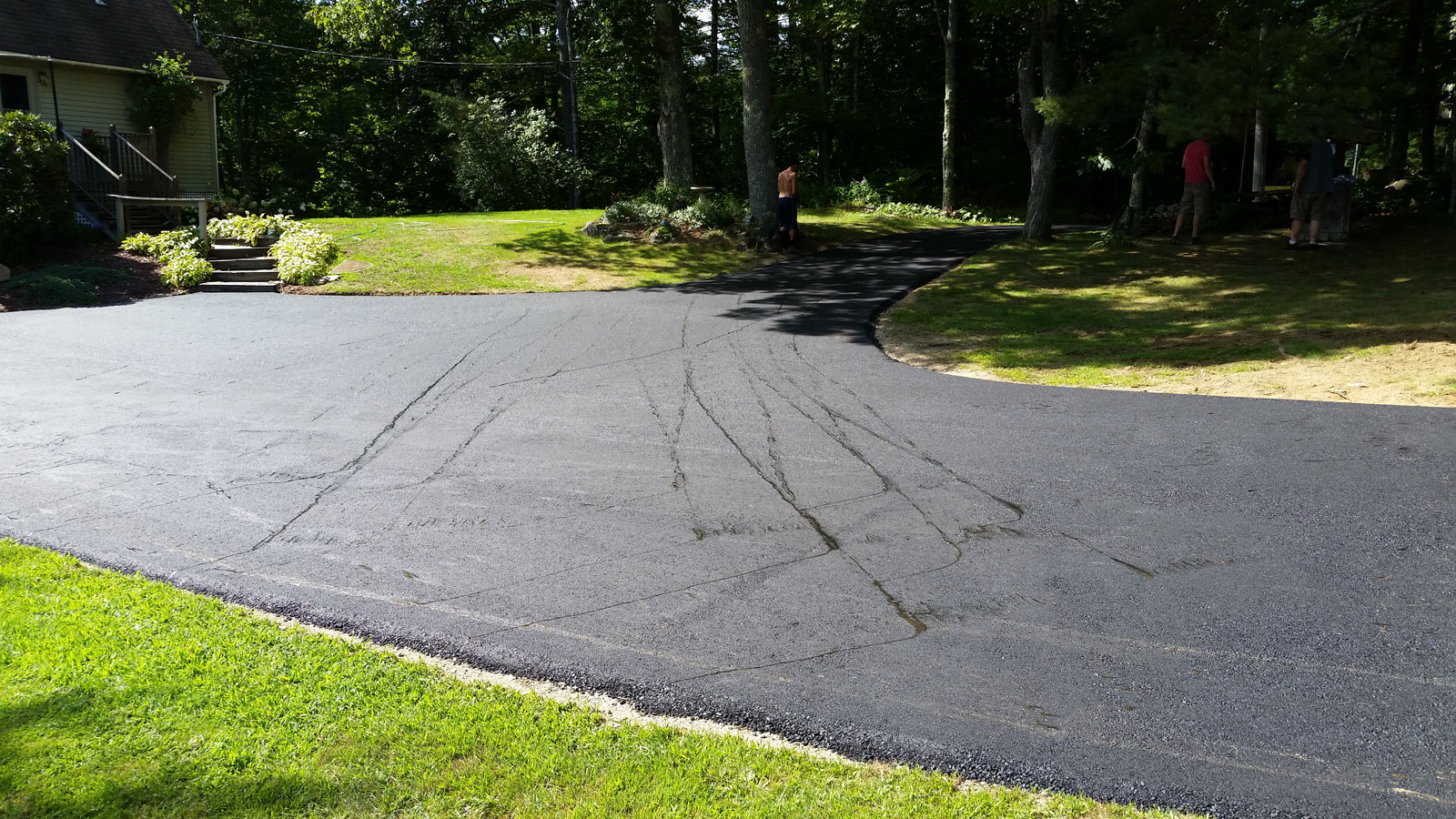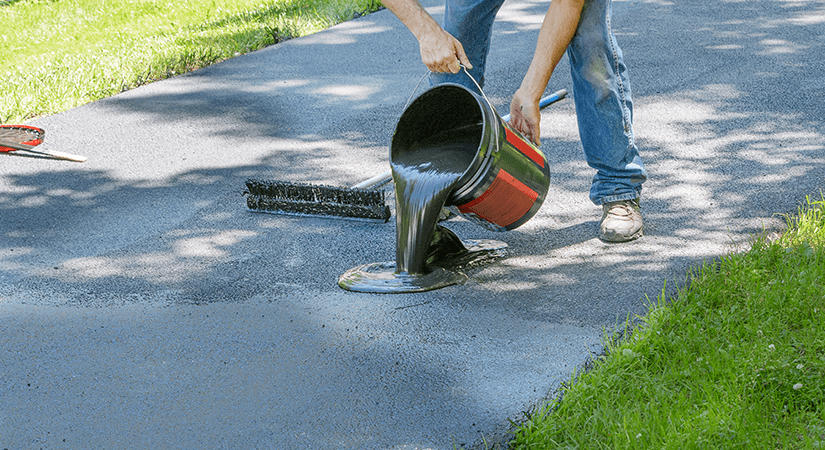Swift Solutions for Asphalt Patch Repair: Ideal Securing Methods
Swift Solutions for Asphalt Patch Repair: Ideal Securing Methods
Blog Article
Cold Mix Asphalt Vs. Hot Mix Asphalt: Which Is Right for You?

Make-up Distinctions
Cold mix and hot mix asphalts vary significantly in their composition, with unique attributes that influence their efficiency and applications. Cold mix asphalt is created by emulsifying the asphalt binder with water and an emulsifying representative before mixing it with aggregate. This technique enables for the asphalt to be practical at lower temperature levels, making it ideal for short-term fixings and for use in cooler weather. Hot mix asphalt, on the other hand, is manufactured at high temperature levels, typically between 300-350 ° F, which helps to accomplish better compaction and a more sturdy final item. The warm mix asphalt manufacturing process entails warming the accumulation and asphalt binder separately prior to integrating them at the asphalt plant.
In addition, cool mix asphalt tends to be much less dense and much more versatile than hot mix asphalt. This flexibility makes it better suited for locations with greater levels of activity, such as driveways or roads with hefty traffic. On the other hand, warm mix asphalt is understood for its high longevity and resistance to rutting and breaking, making it a recommended selection for highways and high-traffic roadways where long life is critical.
Setup Refine Variances
The procedure of mounting cold mix and warm mix asphalt exhibits remarkable variances in their needs and procedures. In comparison, warm mix asphalt demands an extra intricate installment process. Due to the home heating needs, hot mix asphalt installations are commonly brought out by specialists with customized tools, making certain a more structurally sound and permanent outcome.
Longevity and Durability Factors
When considering asphalt choices, durability and longevity are important aspects to examine for lasting sidewalk performance. Warm mix asphalt (HMA) is understood for its extraordinary toughness and longevity.
In terms of long life, HMA usually surpasses CMA because of its remarkable strength and resistance properties. HMA pavements have a longer life span, requiring much less frequent fixings and maintenance, which can convert to set you back financial savings in the lengthy run. Additionally, HMA sidewalks are more easily adjustable to fulfill certain task demands, even more improving their durability.
Cost Considerations
Taking into consideration the monetary ramifications is a critical facet when assessing the choice between hot mix asphalt (HMA) and chilly mix asphalt (CMA) for sidewalk projects. While the initial cost of warm mix asphalt is usually greater than that of cool mix asphalt, HMA typically provides an extra affordable solution in the long run due to its remarkable sturdiness and long life.
In addition to product prices, it's crucial to think about the expenditures connected with installation and maintenance when comparing HMA and CMA. HMA usually requires specialized tools and experienced labor for appropriate setup, which can impact total task expenses. Alternatively, CMA is less complicated to deal with and can often be applied utilizing easier techniques, possibly reducing installment expenses. Eventually, the decision between HMA and CMA should take right into account not simply the initial cost but also the long-lasting economic implications to figure out one of the most economical option for the details pavement task.
Environmental Effect Comparison
Comparison of the ecological impacts between warm mix asphalt (HMA) and cool mix asphalt (CMA) exposes distinct distinctions in sustainability techniques. HMA production needs high temperature levels, leading to enhanced energy consumption and greenhouse gas discharges.
Additionally, making use of CMA usually includes recycling existing asphalt sidewalk, advertising source conservation and decreasing the amount of waste sent to land fills. This recycling aspect even more enhances the sustainability of CMA compared to HMA. On the whole, when taking into consideration the environmental influence, CMA becomes an extra ecologically lasting choice because of its reduced power demands, decreased exhausts, asphalt patch repair and the possibility for recycling existing materials. By going with CMA over HMA, road building projects can add favorably to environmental conservation initiatives.
Conclusion
To conclude, the option between cool mix asphalt (CMA) and warm mix asphalt (HMA) relies on numerous aspects such as composition, installment process, durability, long life, price, and ecological effect. asphalt patch repair. While CMA provides a fast and cost-efficient service for minor repair services, HMA makes sure superior durability and durability for hefty web traffic areas. Take into consideration these elements very carefully to determine which type of asphalt is the best choice for your paving needs

Considering the financial effects is an important facet when assessing the selection between hot mix asphalt (HMA) and chilly mix asphalt (CMA) for pavement tasks. While the first expense of warm mix asphalt is usually higher than that of chilly mix asphalt, HMA usually provides a more affordable option in the long run due to its exceptional toughness and long life. cold mix asphalt.Comparison of the environmental impacts in between hot mix asphalt (HMA) and chilly mix asphalt (CMA) exposes distinctive differences in sustainability techniques.In final thought, the option between cold mix asphalt (CMA) and hot mix asphalt (HMA) depends on various variables such as make-up, installation procedure, resilience, long life, expense, and environmental effect
Report this page